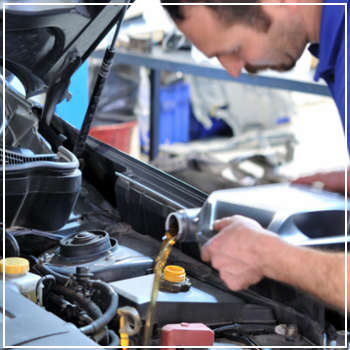 You think about oil changes, rotating tires and checking your filters, but how much do you put into the transmission? It can be easy to overlook but eventually, you wind up in need of costly repairs.
You think about oil changes, rotating tires and checking your filters, but how much do you put into the transmission? It can be easy to overlook but eventually, you wind up in need of costly repairs.
What happens when you ignore your transmission system? Its health correlates with how much you’ll be able to use the vehicle. Once your car reaches high mileage, your transmission system and vehicle have a much greater chance of breaking down. To combat this, what should you keep in mind?
Stress
A few factors can place stress on your transmission system. Heat is one and you’ll often sense it when your car struggles on an incline. In this situation, downshift your car manually from the higher gear to increase the number of RPMs. You’ll need it serviced if you notice the gear slipping or searching.
Additionally, the more often you use the brake pedal, the greater the stress you put on your transmission system. In response, take care when driving in stop-and-go and city conditions. Also, whenever you park on an incline or decline, be sure to use the parking brake. Doing so decreases the amount of stress placed on the parking linkage.
Fluid Changes
If you go to a responsible body shop, someone with knowledge of your vehicle will ask about transmission fluid changes. With automatic cars, you should be ready to do this every 15,000 miles.
However, once you sense you’re approaching that mark, why not check the fluid level on your own? Look at the transmission fluid’s dipstick for signs of discoloration – a darker, burnt shade – and for any signs of leakage.
At your appointment, you may be asked about having your system flushed or drained. What’s the difference?
- Draining: Also called “drain and fill,” this procedure is your standard fluid change. A technician will drain out the existing fluid and then replace it with a new, clean solution. Over time, deposits build up in the system that may decrease its performance.
- Flush:A flush is supposed to get rid of sediment clogging up the transmission system. Unlike draining, flushing should be done only every 50,000 to 100,000 miles.
Manual Transmissions
For those driving a car with a manual transmission, operation and maintenance tend to be simpler. For instance, this system has fewer parts and gears than automatic transmission systems, which have hundreds of moving parts. A smaller number of components usually results in fewer repairs over time.
As a result, maintenance is often more straightforward and less costly. It’s recommended that you change the fluid every 15,000 miles or when your owner’s manual states.
Whether you’re looking for regular auto maintenance or a transmission flushing, DaSilva’s Auto Body is ready to service your system. To make an appointment, give us a call today.




